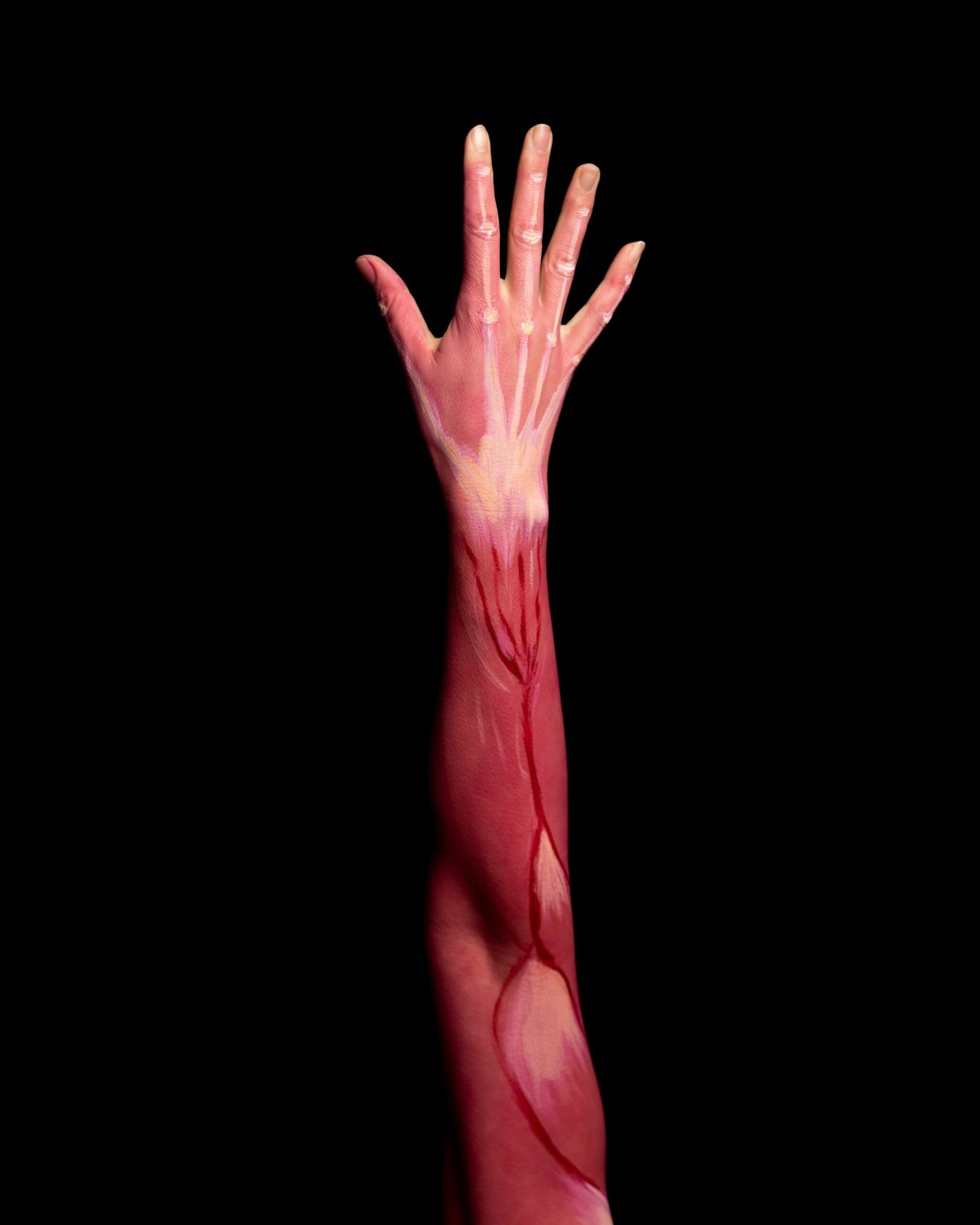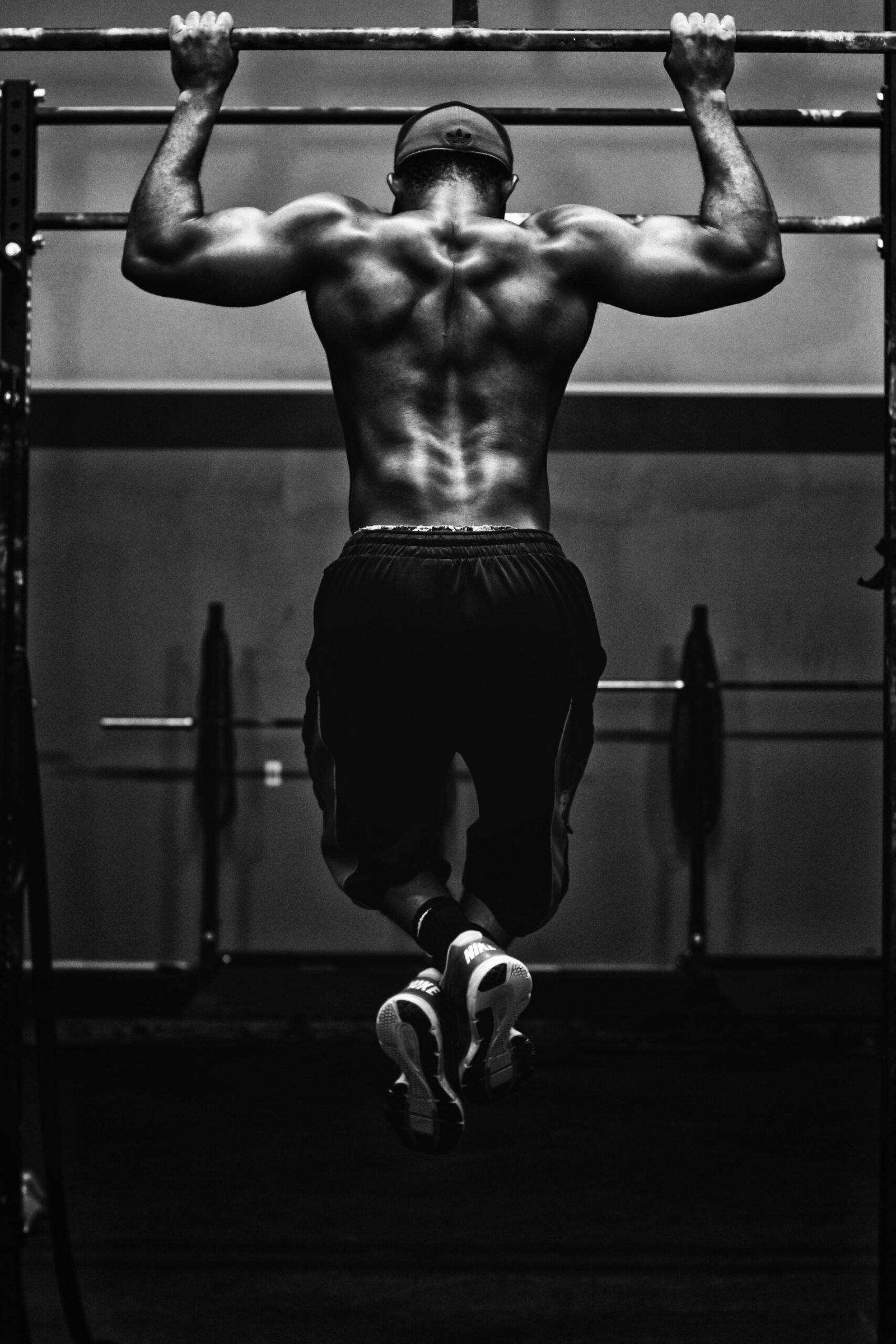
The Importance of Chest Workouts
The significance of chest workouts extends beyond mere aesthetics, cementing their place as a cornerstone of any comprehensive fitness regime. The chest muscles, primarily composed of the pectoralis major and minor, play a pivotal role in a multitude of upper body movements. The pectoralis major, the larger of the two, spans from the sternum and clavicle to the humerus, facilitating actions such as pushing and lifting. The pectoralis minor, located beneath its larger counterpart, aids in stabilizing the shoulder blades and assists in various arm movements.
Engaging in regular chest workouts offers a plethora of benefits. One of the most notable advantages is the enhancement of upper body strength. A robust chest forms the foundation for improved performance in exercises such as bench presses, push-ups, and dips, which in turn contributes to greater overall strength. Additionally, a strong chest supports better posture by counteracting the tendency of the shoulders to round forward, which is particularly beneficial for individuals who spend extended periods sitting or working at a desk.
The aesthetic appeal of a well-developed chest cannot be overlooked. Defined pectoral muscles contribute to a balanced and muscular physique, often serving as a visual indicator of fitness and strength. Beyond appearances, a strong chest also plays a crucial role in injury prevention. By fortifying the muscles surrounding the shoulder joint, chest exercises help mitigate the risk of shoulder injuries, which are common in both athletic and everyday activities.
Moreover, chest workouts contribute to overall muscular balance. A well-rounded fitness program ensures that all major muscle groups are adequately trained, preventing imbalances that can lead to poor posture and increased injury risk. A strong chest complements the muscles of the back, shoulders, and arms, creating a synergistic effect that enhances performance in a wide range of physical activities, from lifting and carrying to recreational sports.
Effective Chest Exercises and Workout Routines
Building a strong and defined chest requires a strategic approach that incorporates a variety of exercises targeting different parts of the pectoral muscles. The bench press, in its various forms, remains a cornerstone of effective chest workouts. The flat bench press targets the entire chest, while the incline bench press emphasizes the upper chest and the decline bench press focuses on the lower chest. Ensuring proper form is crucial; maintain a controlled movement, keep your feet flat on the ground, and avoid arching your back excessively to minimize the risk of injury.
Push-ups are another fundamental exercise that can be modified to suit different fitness levels. Standard push-ups work the overall chest, triceps, and shoulders. Wide-grip push-ups place more stress on the outer chest, while variations like diamond push-ups focus on the inner chest and triceps. For those seeking to increase difficulty, plyometric push-ups or weighted push-ups can provide an additional challenge.
Chest flyes, performed either with dumbbells or on a cable machine, are excellent for isolating the pectoral muscles. When doing dumbbell flyes, ensure a slight bend in the elbows to protect the shoulder joints. Cable crossovers, another effective isolation exercise, allow for a constant tension throughout the movement, which can be adjusted to target either the upper or lower chest.
A balanced chest workout routine should combine both compound and isolation exercises. Compound exercises, such as the bench press and push-ups, engage multiple muscle groups, enhancing overall strength and coordination. Isolation exercises, like flyes and cable crossovers, focus on specific parts of the chest, ensuring comprehensive muscle development.
For beginners, a sample routine might include a mix of flat bench press, push-ups, and dumbbell flyes, performed two to three times per week with a day of rest in between. Advanced athletes can incorporate variations such as incline and decline bench press, wide-grip push-ups, and cable crossovers, increasing weight and intensity progressively.
Warm-up exercises, including dynamic stretches and light cardio, are essential to prepare the muscles and reduce the risk of injury. Similarly, cool-down exercises, such as static stretching, help with muscle recovery and flexibility. To continually challenge the muscles and promote growth, it is important to progressively increase the weight or resistance and vary the exercises periodically.



